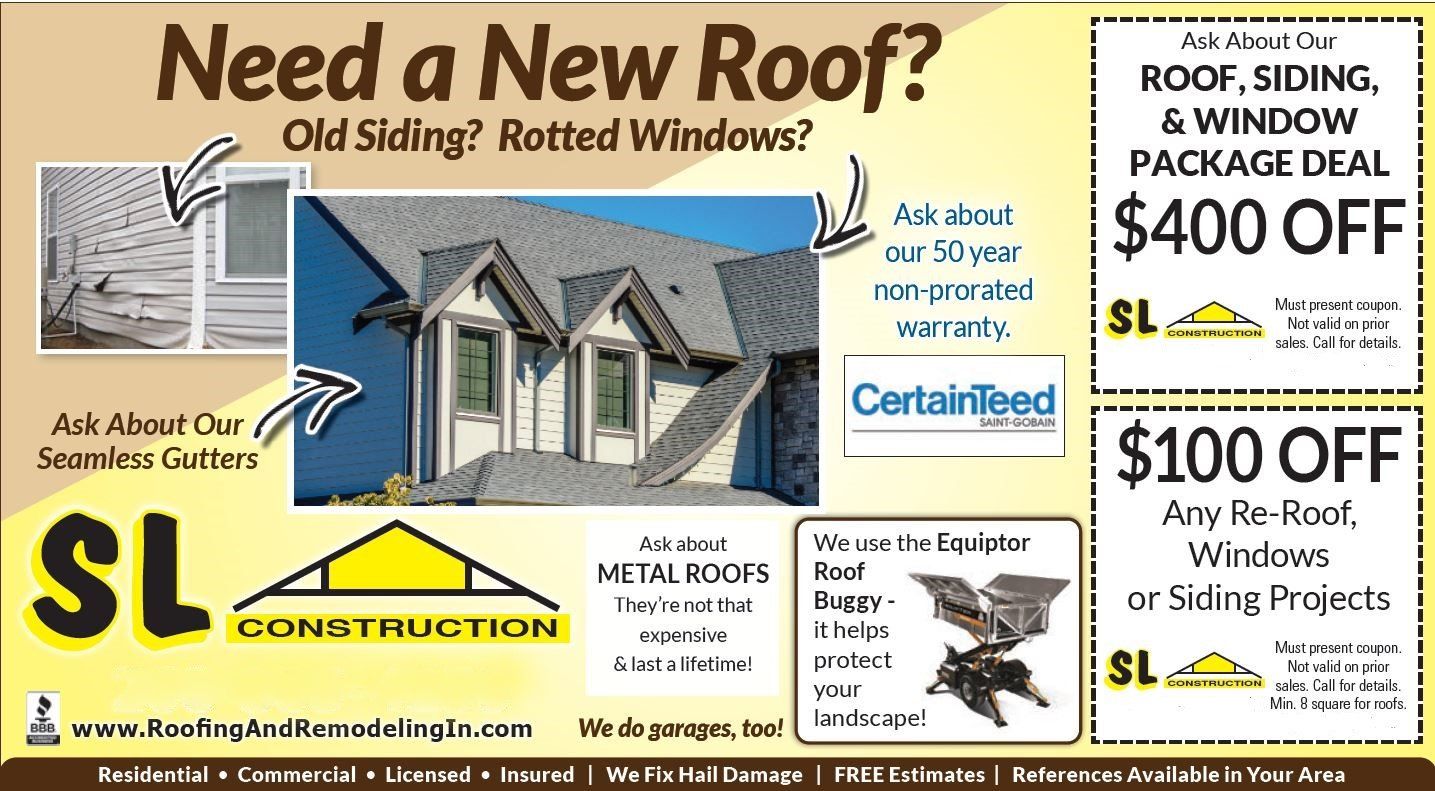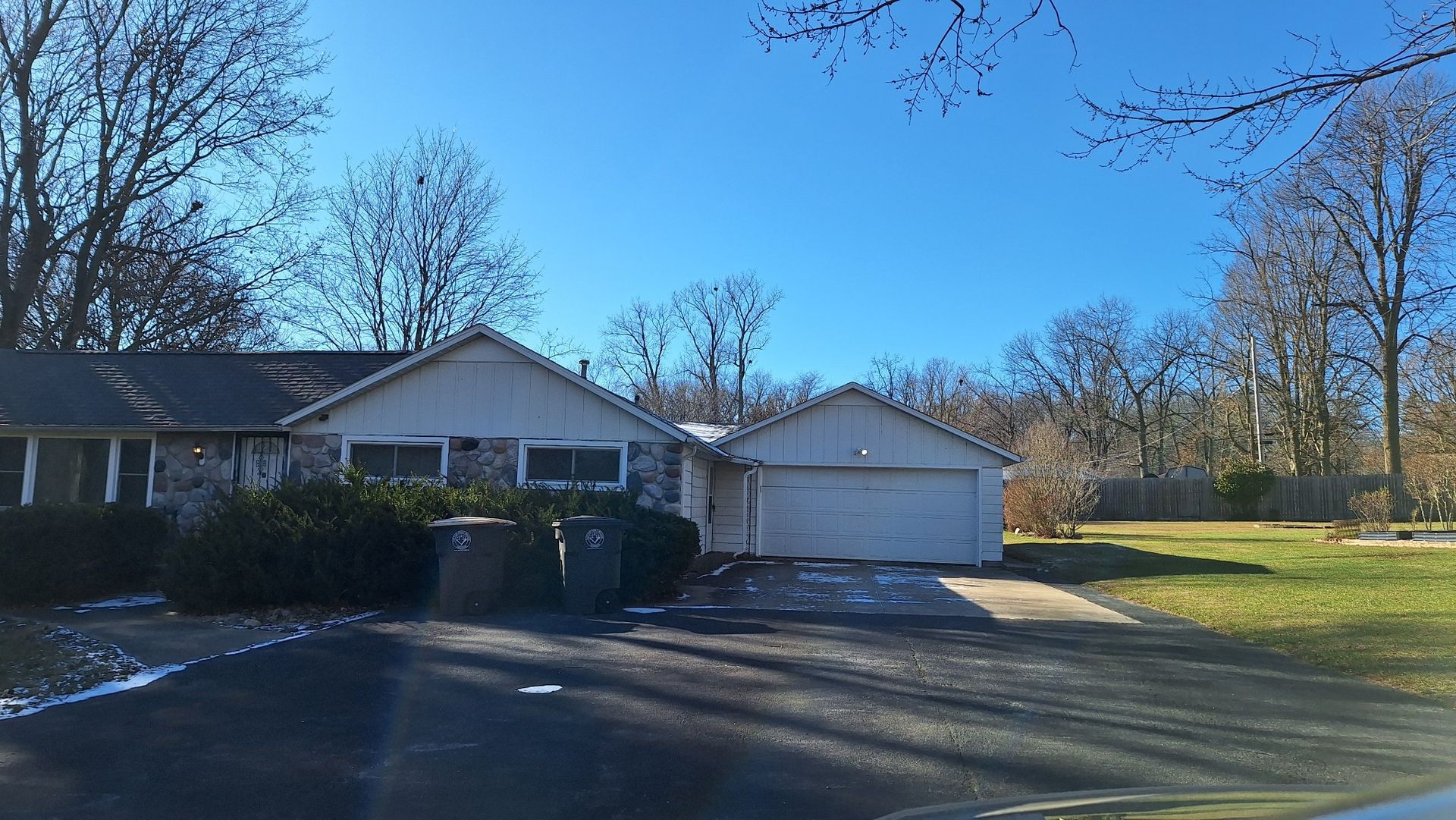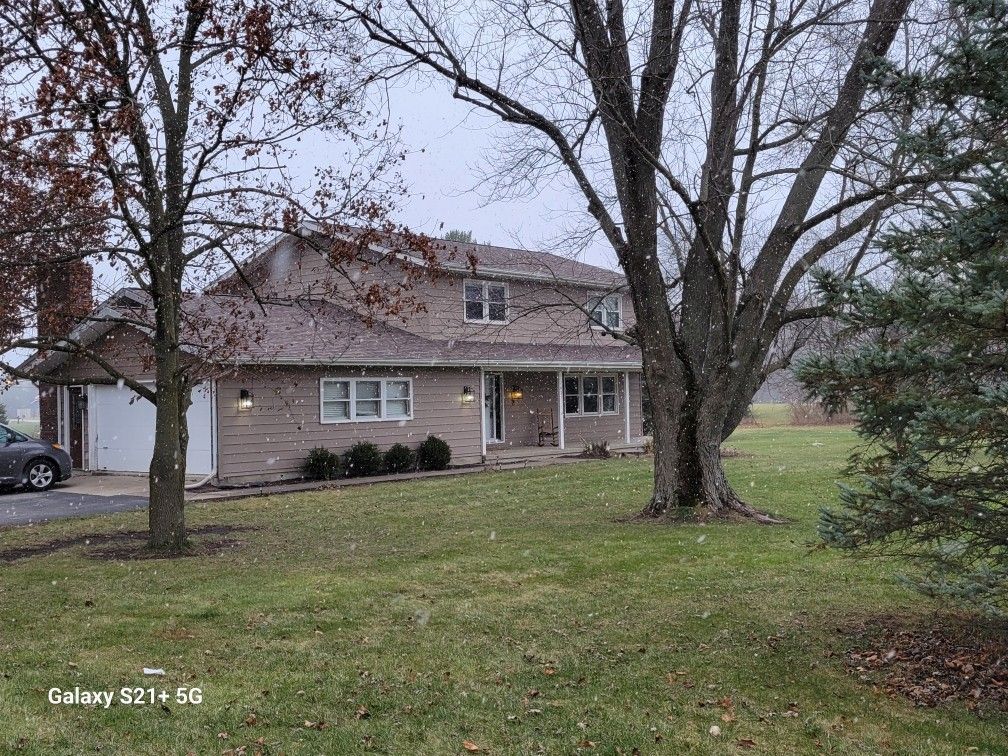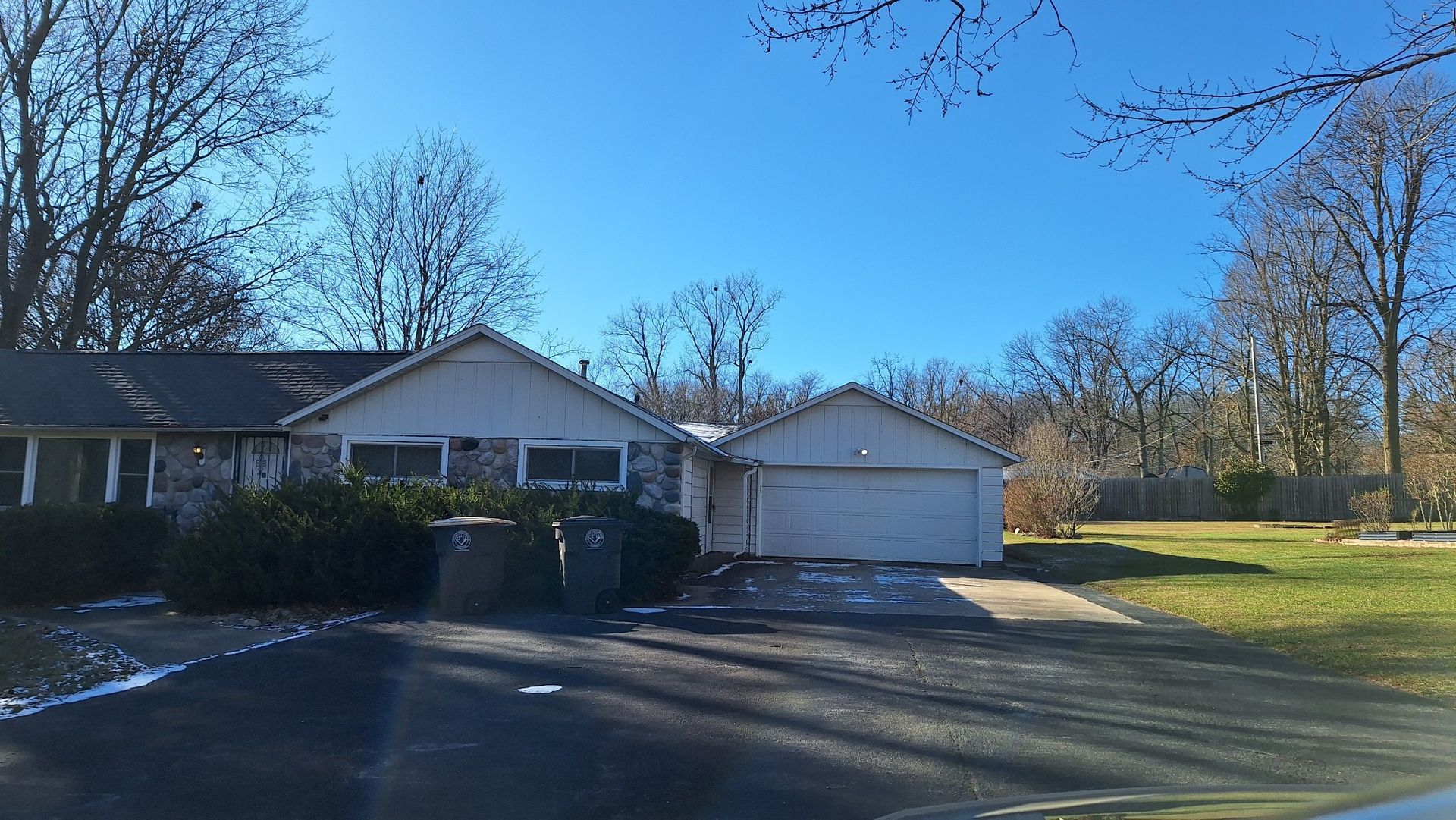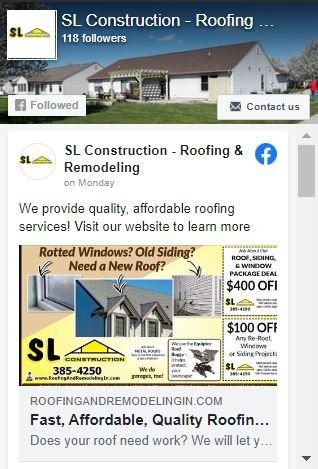Key Considerations When Choosing a New Roof for Your Midwest Home

The Midwest can be a challenging environment for homeowners, with its range of weather extremes from blistering summer heat to frigid winter conditions. These conditions can take a toll on a home's roof, requiring owners to make a smart investment when it comes time for replacement. Choosing the right roof is not just about aesthetic appeal; it's about ensuring that your home is protected and that you’re getting the best value for your money.
Selecting a new roof may seem daunting, especially with the variety of materials and technologies available. However, carefully considering several key factors can help you make the best decision for your Midwest home.
Understand the Local Climate
The first step in the process of choosing a new roof for your Midwest home is understanding the local climate. The weather conditions you experience throughout the year will greatly impact the longevity and performance of your roofing material.
Winter Weather
Midwestern winters are characterized by cold temperatures, snow, and ice. This can lead to issues such as ice dams, which can damage roof shingles and penetrate the underlying structure. Therefore, a well-insulated and robust roof designed to handle snow loads is essential in this climate.
Summer Heat and Storms
Summers in the Midwest can bring intense heat, frequent thunderstorms, and occasional tornadoes. A durable roof that can withstand high winds and severe weather is critical in protecting your home and its occupants.
Durability and Longevity
Your new roof should last for many years, requiring minimal maintenance. Investigate the durability and expected lifespan of different roofing materials before making your decision.
Asphalt Shingles
The most common roofing materials, asphalt shingles, are relatively affordable. They're a good choice for budget-conscious homeowners in the Midwest.
Metal Roofing
Metal roofing offers exceptional durability. It is also highly resistant to fire, mildew, insects, and rot, making it a popular choice for its long-term value.
Slate and Tile Roofs
Slate and tile roofs are known for their beauty and longevity. They are more expensive than other materials and can be heavy, requiring a sturdy roof structure for support.
Energy Efficiency
With rising energy costs, the energy efficiency of your roof is an increasingly important consideration. Heat retention and insulation can keep your home more comfortable and reduce your energy bills.
Cool Roofs and Reflective Shingles
Cool roofs and reflective shingles are specifically designed to reflect more sunlight and absorb less heat, helping to reduce the cooling load of your home in the summer.
Roof Color
The color of your roof can also impact its energy efficiency. Light-colored roofs can reflect more heat, while dark-colored roofs can absorb it.
Local Building Codes and Regulations
Before you make any decisions, it's crucial to check with your local building department for any building codes and regulations that may impact your roof replacement project.
Permits and Inspections
You may need to obtain permits before starting work on your roof. Inspections during and after installation may also be necessary to ensure your roof meets local building standards.
Fire Resistance
If you live in an area prone to wildfires, local regulations may dictate the use of fire-resistant or non-combustible roofing materials.
Installation and Maintenance
The quality of installation is as critical as the materials you choose. Proper installation can significantly extend the life of your roof and prevent issues down the line.
DIY Installation
While it may be tempting to save money with a do-it-yourself installation, roofing is a complex and dangerous job best left to professionals. It's an area where cutting costs can lead to more significant expenses in the future.
Regular Maintenance
Once your new roof is in place, regular maintenance is necessary to keep it in optimal condition. Cleaning gutters, inspecting for damage, and replacing missing shingles are just a few of the tasks that should be part of your home maintenance routine.
Budget
Finally, your budget will play a significant role in the type of roof you ultimately choose. It's important to weigh the initial cost against the long-term value and benefits of the materials you are considering.
Upfront Costs
While materials like slate and metal roofing can have higher upfront costs than asphalt shingles, they may offer better long-term value due to their longevity and reduced maintenance needs.
Financing Options
If your ideal roofing material is out of reach financially, explore financing options that may make it more accessible. Some roofing companies offer payment plans or financing, and there are also home improvement loans available.
In conclusion, selecting the right roof for your Midwest home is a critical decision that impacts not only the aesthetic appeal of your property but also its resilience against the region's challenging weather conditions. By understanding the local climate, assessing the durability and longevity of various roofing materials, considering energy efficiency, adhering to local building codes and regulations, ensuring quality installation, maintaining your roof regularly, and wisely managing your budget, you can make an informed choice that enhances the protection, value, and comfort of your home. Committing to this process may require time and due diligence, but the investment in a roof that stands the test of time is invaluable. With the right approach, your new roof can provide security and peace of mind for many years to come.
Learn more about roofing from our team today.
BROWSE OUR WEBSITE
CONTACT
Business Hours:
- Mon - Fri
- -
- Saturday
- -
- Sunday
- Closed
BROWSE OUR WEBSITE
CONTACT
Business Hours:
- Mon - Fri
- -
- Saturday
- -
- Sunday
- Closed

